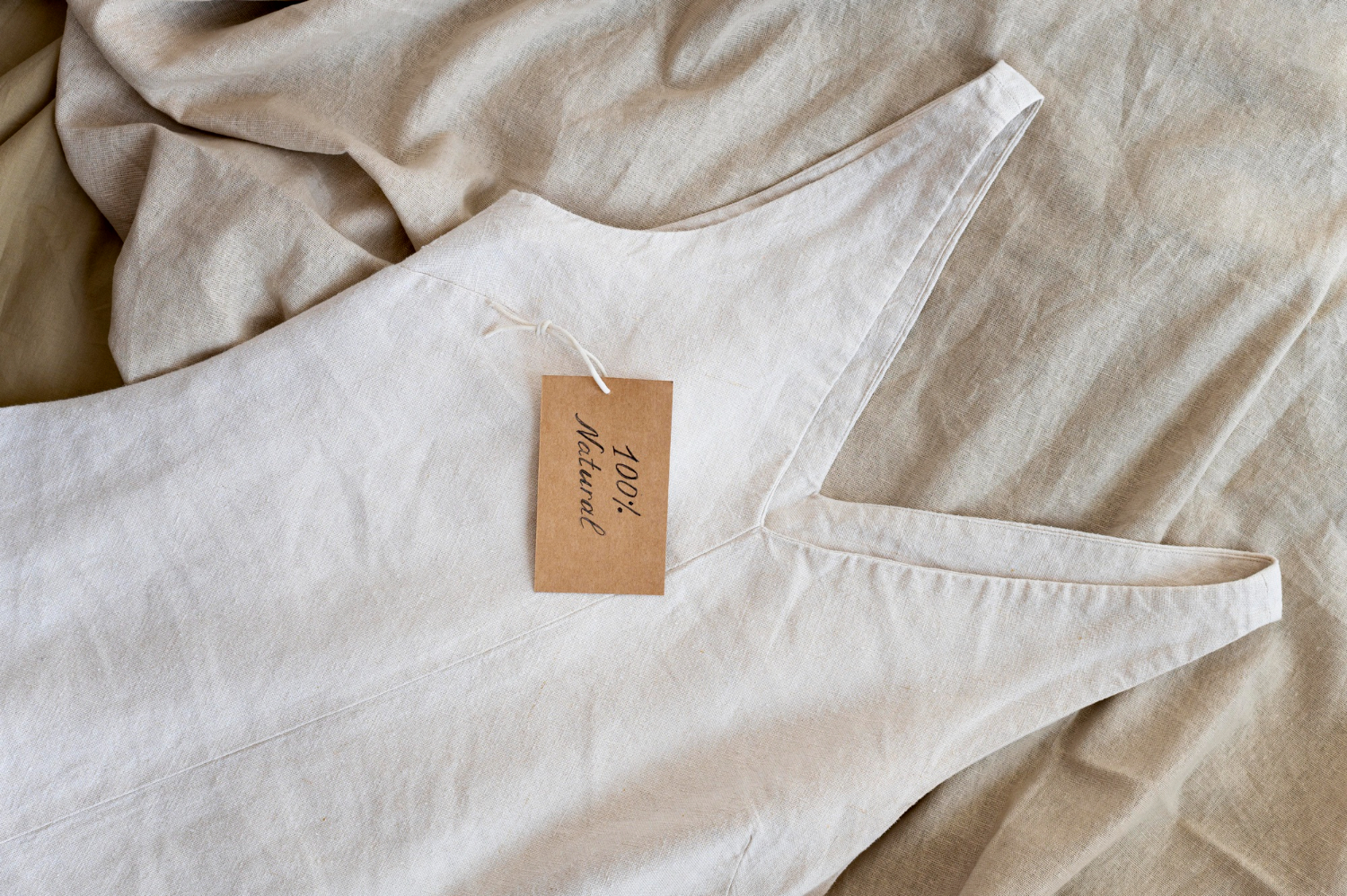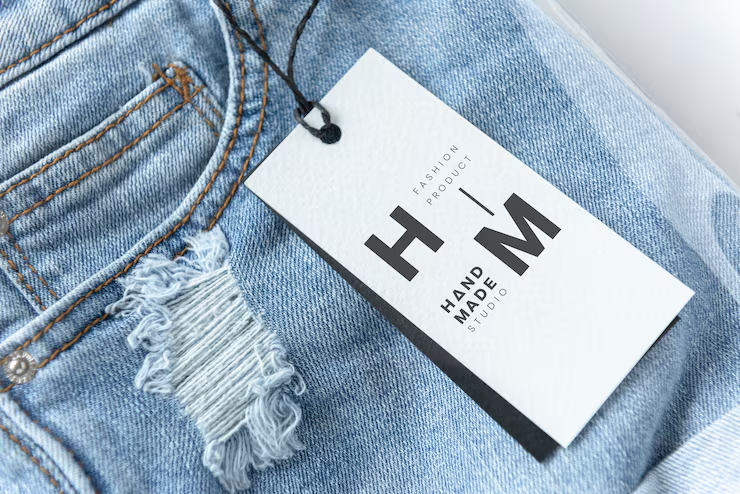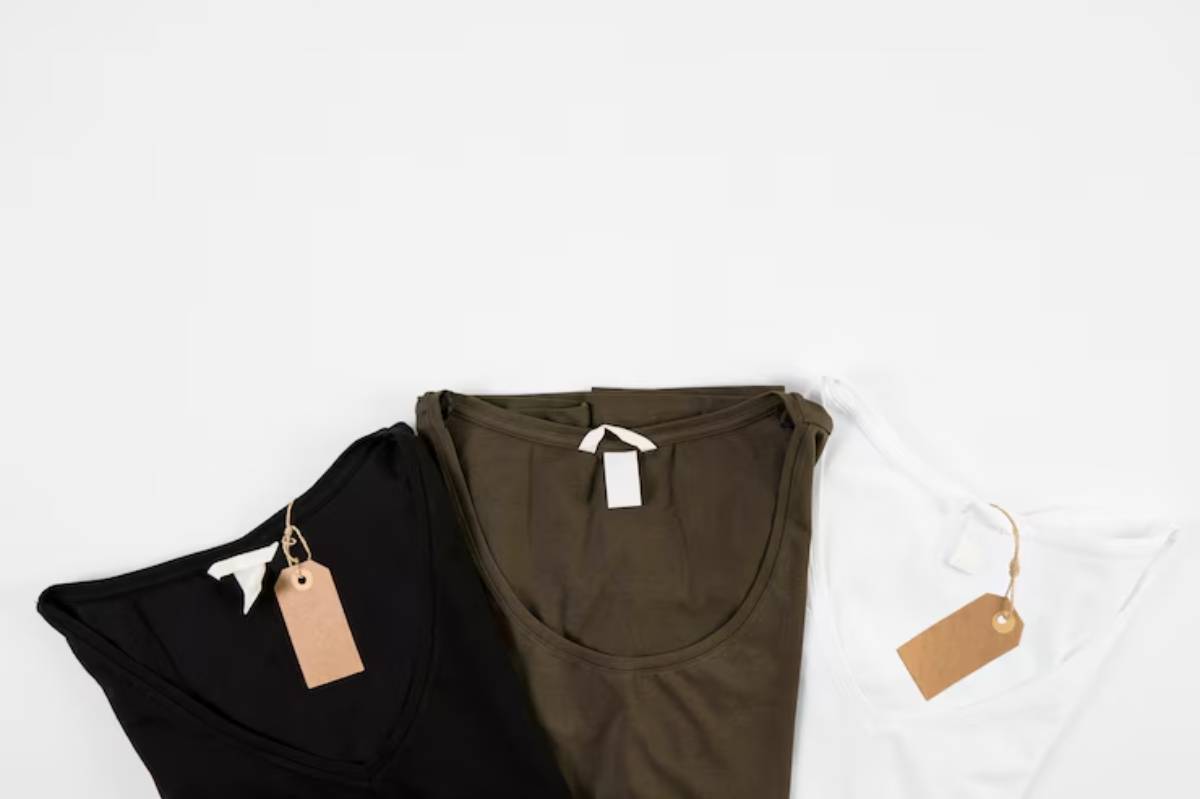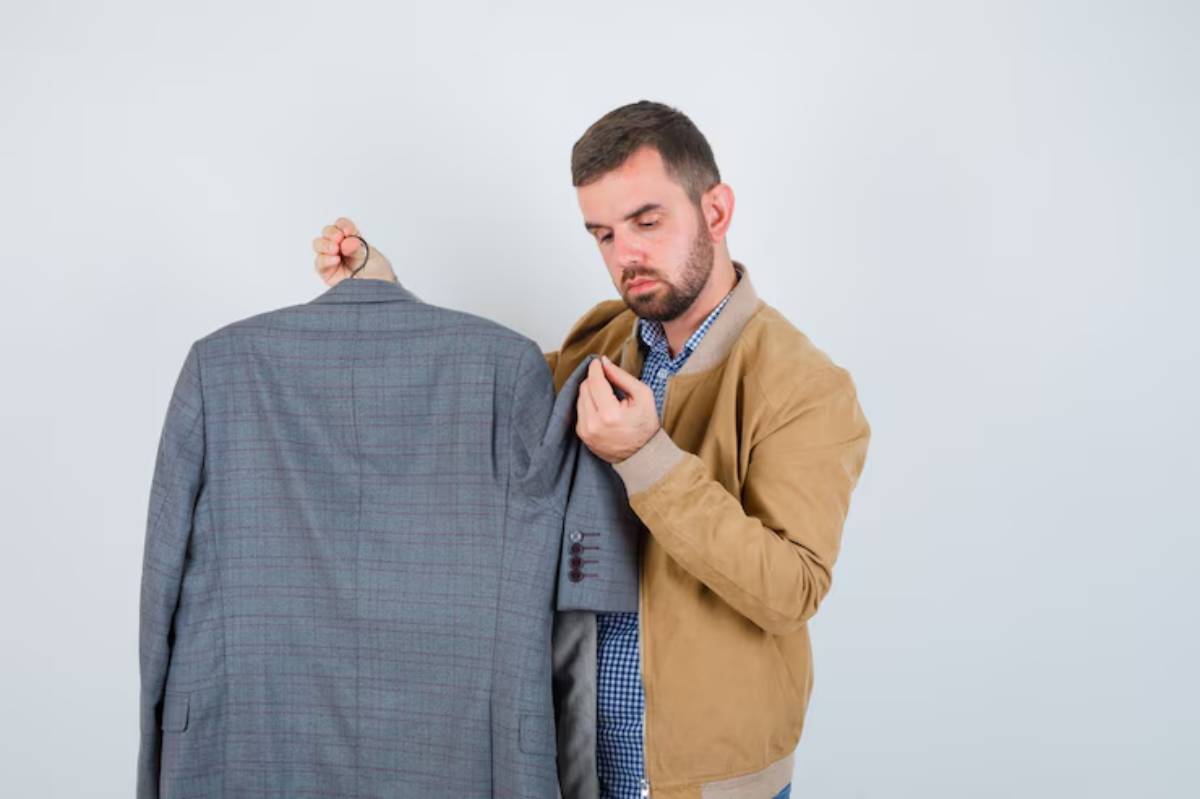
How to Read Fashion Labels for Sustainability
Ever picked up a garment labelled “eco-friendly” and wondered, What does that actually mean? With sustainable fashion on the rise, fashion labels have become powerful tools — but also sources of confusion.
From “organic cotton” to obscure logos, eco-fashion labels, sustainable certifications, and ethical garment tags can help you make better shopping choices—if you know how to read them.
This guide explains everything in plain English. You’ll learn how to decode those tiny tags and make confident, planet-friendly fashion decisions.
Understanding the Core

Why Fashion Labels Matter More Than Ever
Fashion labels are no longer just about size and washing instructions.
They now carry crucial information about:
- Material sourcing
- Ethical manufacturing
- Environmental impact
- Certifications and standards
According to a 2023 NielsenIQ report, over 76% of consumers say transparency in product sourcing influences their buying decisions. Yet, many brands still rely on vague or misleading claims, known as greenwashing.
Being label-literate is your best defence.
What Are Sustainable Certifications and Ethical Tags?
These are standardised seals of approval issued by third-party organisations to verify a product’s eco and ethical credentials.
Some examples include:
- Global Organic Textile Standard (GOTS) – for organic fibres
- OEKO-TEX® Standard 100 – for chemical safety
- Fair Trade Certified – for ethical labour standards
- Cradle to Cradle – for circular product design
Each certification evaluates different aspects, such as environmental impact, worker rights, or product safety. The key is knowing which ones align with your values.
If you’re shifting toward a conscious wardrobe, building a capsule closet with sustainable pieces is a great next step.
Checklist at a Glance

Quick Guide: How to Read Sustainable Fashion Labels
- Look for third-party certifications (e.g., GOTS, OEKO-TEX)
- Check fibre content – prefer organic, recycled, or biodegradable materials
- Scan for country of origin and production transparency
- Understand logos and seals — verify with the issuing body’s site
- Avoid vague claims like “eco-conscious” without backing
- Look for care instructions — sustainability includes garment longevity
- Note packaging and hang tag materials for full-cycle responsibility
These tips are a helpful overview — read on for detailed how-tos and label decoding strategies.
Step-by-Step Guide: How to Read Fashion Labels for Sustainability

1. Examine the Fibre Content First
Turn the tag over and look at what the garment is made from.
Not all fibres are created equal:
- Better choices: Organic cotton, Tencel, hemp, linen, recycled polyester
- Be wary of: Generic “polyester”, “viscose”, or blends without context
Pro Tip: Tencel (lyocell) is a wood-based fibre processed in a closed-loop system — one of the most sustainable fibres available.
2. Spot Certified Logos and Verify Them
Look for certifications like:
- GOTS – Organic and socially responsible production
- OEKO-TEX® – Tested for harmful substances
- Fair Wear Foundation – Ensures fair labour practices
- PETA-Approved Vegan – Guarantees no animal materials
Use the issuing organisation’s website to validate logos and read the criteria.
Important Note: A logo without a certification number is a red flag.
3. Investigate Country of Origin and Labour Claims
Labels often show where a garment was made — but ethical shoppers know that’s only part of the story.
- Look for details like “Made in [Country] in a Fair Trade-certified facility”
- Vague phrases like “ethically made” without proof are common greenwashing tactics
If a brand truly values ethics, it will be transparent about the entire supply chain.
4. Check for Ethical Garment Tags or QR Codes
Modern labels sometimes include scannable codes or digital product passports.
These may link to:
- Factory info
- Labour practices
- Carbon footprint
- Washing and care guides
Scan and explore. It’s a small step with big insights.
5. Assess the Packaging and Hang Tags
Sustainable brands consider the full product cycle, including how the item is tagged and shipped.
- Recycled paper tags, compostable bags, or seed-paper cards? Great.
- Plastic swing tags and polybags? Not so green.
Pro Tip: Don’t just toss hang tags — they may contain unique sustainability details.
6. Read Between the Lines
Words like “green,” “natural,” or “eco-conscious” sound good, but mean little without specifics.
Instead, look for:
- Quantified claims: “Made with 95% organic cotton”
- Verified impact: “Carbon neutral via XYZ programme”
- Independent audits or disclosures
Pro Tip: Apps like Good On You or Eco Label Guide let you verify logos and assess brand ethics in seconds.
Important Note: Some garments may use sustainable materials but be manufactured under questionable labour conditions. A truly sustainable item ticks both environmental and ethical boxes.
Best Practices & Additional Insights
Anchor Your Shopping in Research
Before buying, check if the brand has a sustainability page outlining their sourcing, manufacturing, and goals. Brands like Patagonia or People Tree are great examples of full transparency.
Anecdote: One shopper scanned a hang tag QR code only to discover the product had been made in a wind-powered facility — a surprising but delightful discovery that deepened brand trust.
Compare Labels Over Time
As you become familiar with ethical garment tags, patterns will emerge. You’ll begin to spot greenwashing from a mile away and feel more empowered with every purchase.
Want to shop better online, too? Check out tips for shopping secondhand online successfully.
FAQs
What’s the best certification to look for in sustainable fashion?
GOTS is a top-tier certification that covers both environmental and social standards. For non-textiles, look for Fair Trade, OEKO-TEX, or Cradle to Cradle.
Can I trust labels that say “Made with recycled materials”?
Only if it’s backed by a recognised certification (like GRS – Global Recycled Standard) or a detailed breakdown. Without verification, it could be greenwashing.
What’s the difference between OEKO-TEX and GOTS?
OEKO-TEX focuses on chemical safety in textiles, while GOTS covers the entire production chain, including organic farming and labour ethics.
Do brands ever fake certifications?
Rarely, but it happens. That’s why checking the certifier’s database is wise. GOTS and Fair Trade, for example, let you verify license numbers.
Are QR codes on fashion labels trustworthy?
If provided by the brand, yes. They can link to valuable details — but use your judgment, especially if the website lacks transparency.
Conclusion: How to Read Fashion Labels for Sustainability
Reading fashion labels with a critical eye is no longer optional — it’s essential. By learning how to decode eco fashion labels, spot sustainable certifications, and understand ethical garment tags, you take power back from brands and put your values front and centre.
Your wardrobe choices can support workers, protect the planet, and influence change. So next time you shop, pause and read the label. It’s more than just a tag — it’s your sustainability roadmap.


